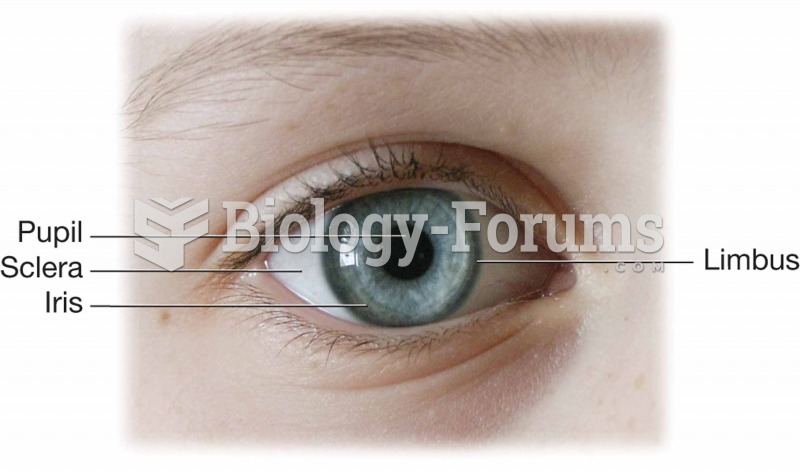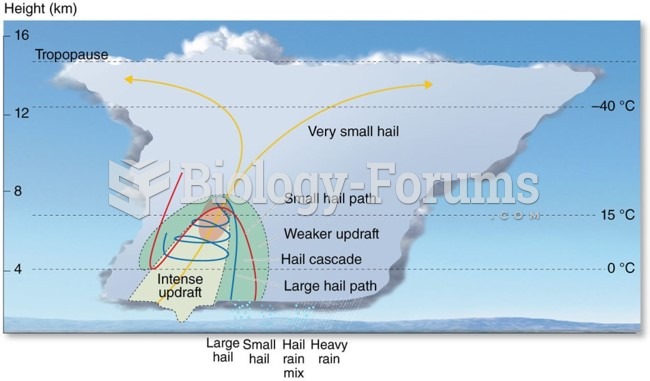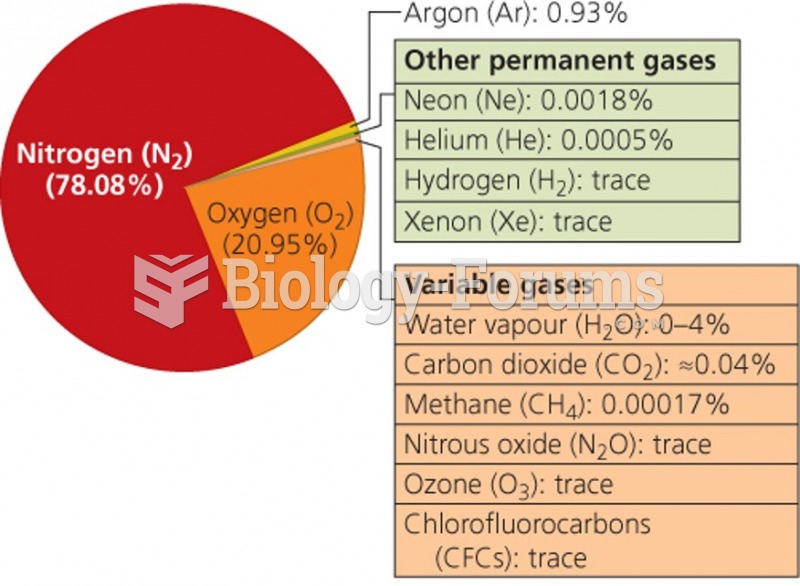Answer to Question 1
ANSWER: The benefits of measuring precipitation from space are numerous.
1) Satellites are able to measure rainfall intensity in previously inaccessible regions of the tropics and subtropics.
2) Inbuilt radars are capable of detecting rainfall rates down to about 0.7 mm (0.03 in.) per hour, while at the same time providing vertical profiles of rain and snow intensity from the surface up to about 20 km (12 mi).
3) Equipment, such as the Microwave Imager, can measure the emitted microwave energy from Earth, the atmosphere, clouds, and precipitation, which it translates into rainfall rates. Visible and Infrared Scanners measure visible and infrared energy from Earth, the atmosphere, and clouds, which is used to determine information such as the temperature of cloud tops, which in turn can be translated into rainfall rates. Dual-frequency precipitation radars are even able to obtain three-dimensional data about precipitation particles, and radar onboard the satellite CloudSat, launched in April 2006, is able to peer into a cloud and provide a vertical view of its tiny cloud droplets and ice particles, as well as precipitation. Such vertical profiling of liquid water and ice will hopefully provide scientists with a better understanding of precipitation processes that go on inside the cloud and the role that clouds play in Earth's global climate system.
Answer to Question 2
ANSWER: Snow is challenging to measure, since accumulations can vary greatly from one spot to the next, especially when winds are strong. Traditionally, the depth of snow in a region is determined by measuring its depth at three or more representative areas. The amount of snowfall is defined as the average of these measurements. Snow accumulation rates may be measured at a single site by using a snow board, a small wooden platform resting near the ground that is cleared off after each measurement. Snow depth may also be measured by removing the collector and inner cylinder of a standard rain gauge and allowing snow to accumulate in the outer tube. Automated gauges are now used in many areas to collect snowfall and measure the amount of liquid water it contains. Typically, these gauges are surrounded by one or more octagonal fences that help to block wind and produce more accurate readings. Remote sensing techniques are becoming a popular way to measure snow depth, especially where harsh winter conditions make it difficult to reach observing stations. Laser beams and pulses of ultrasonic energy can be sent from a transmitter to a snowpack, where the energy bounces off the snowpack back to the transmitter. This procedure allows the height of the snow accumulation to be measured in much the same way that radar measures the distance of falling rain from a transmitter. Snow height can also be obtained by measuring how long it takes a GPS signal to travel from a satellite to a snow field and then be reflected upward to a receiver located in the snow field.







